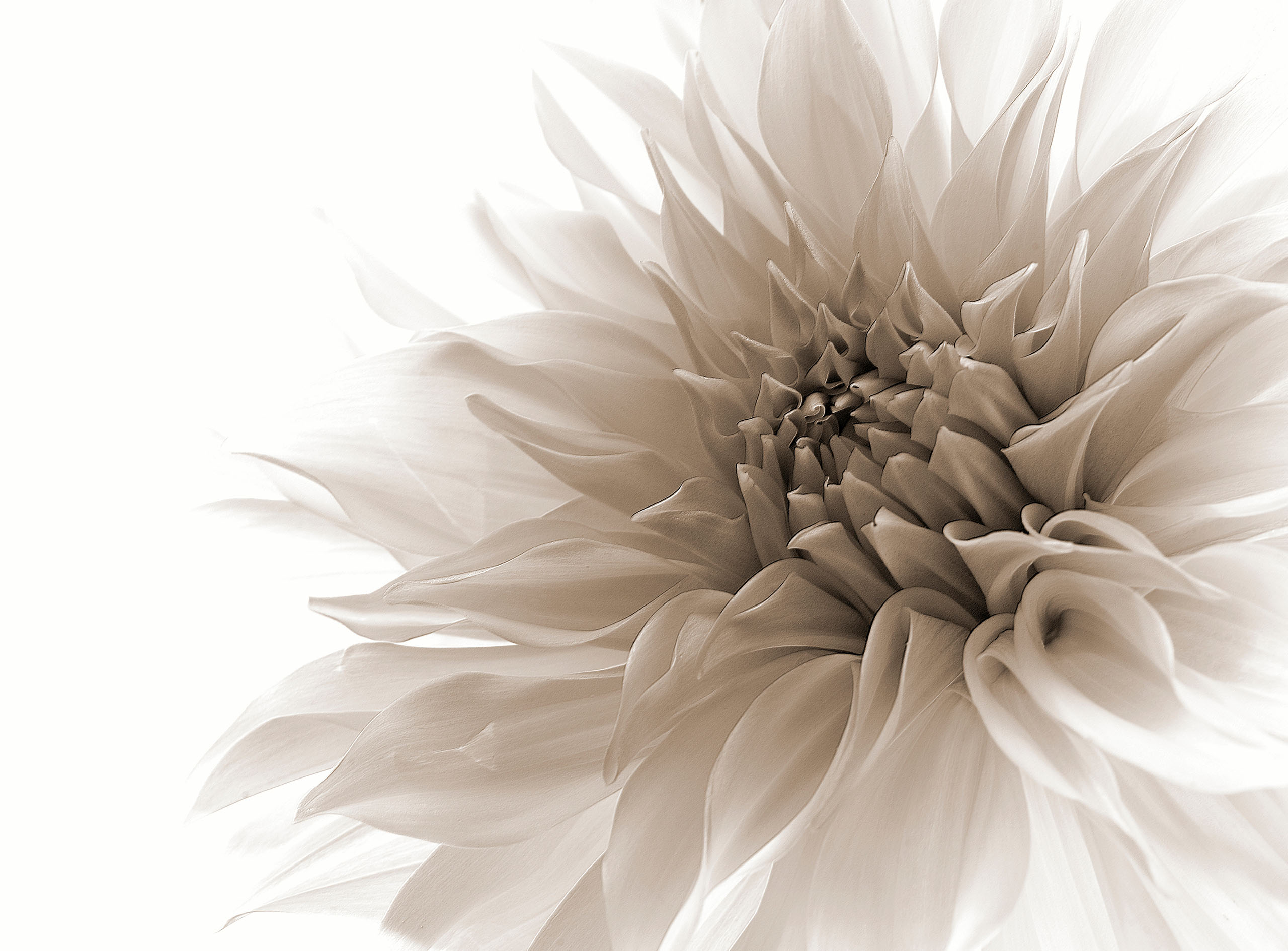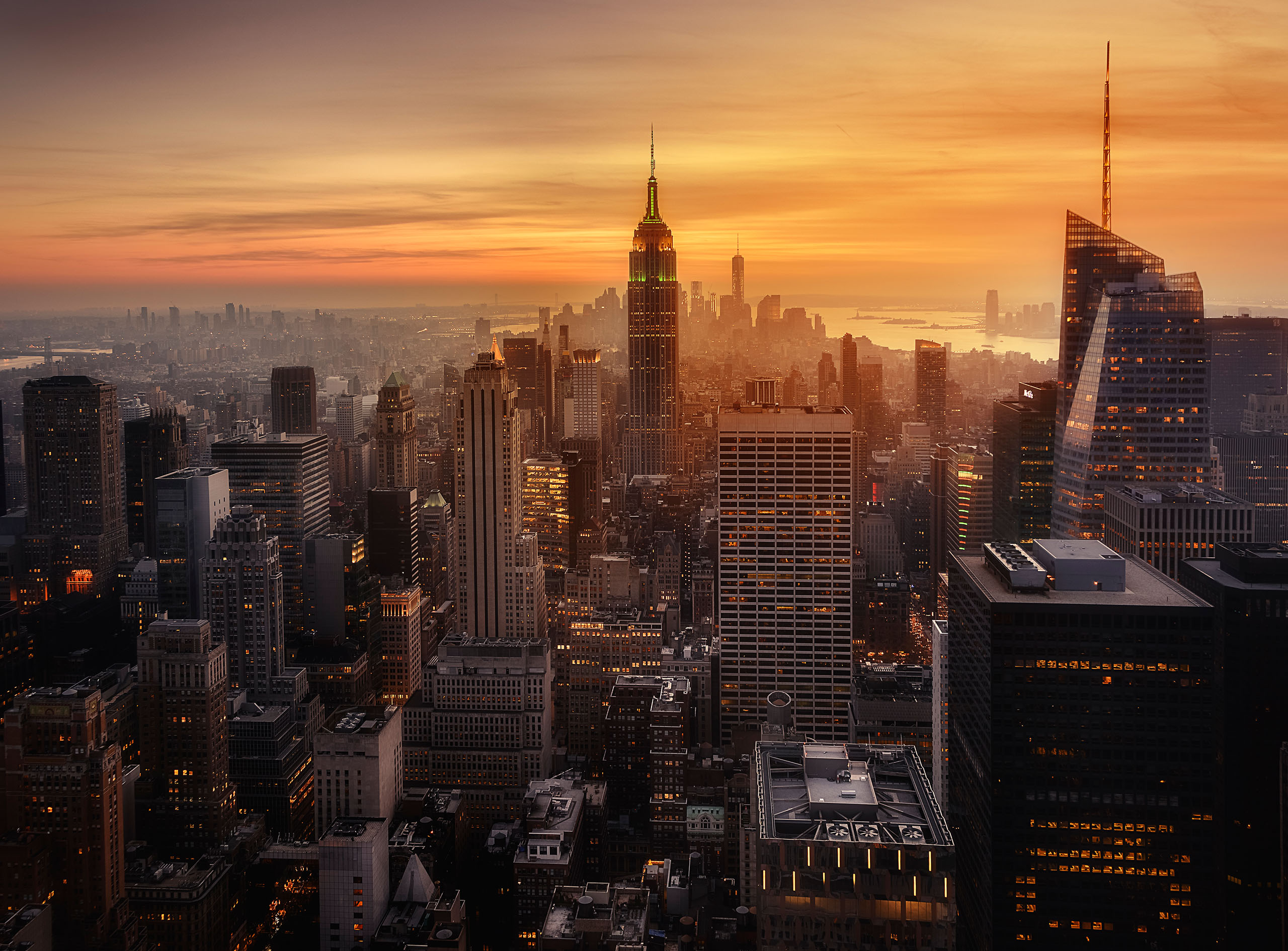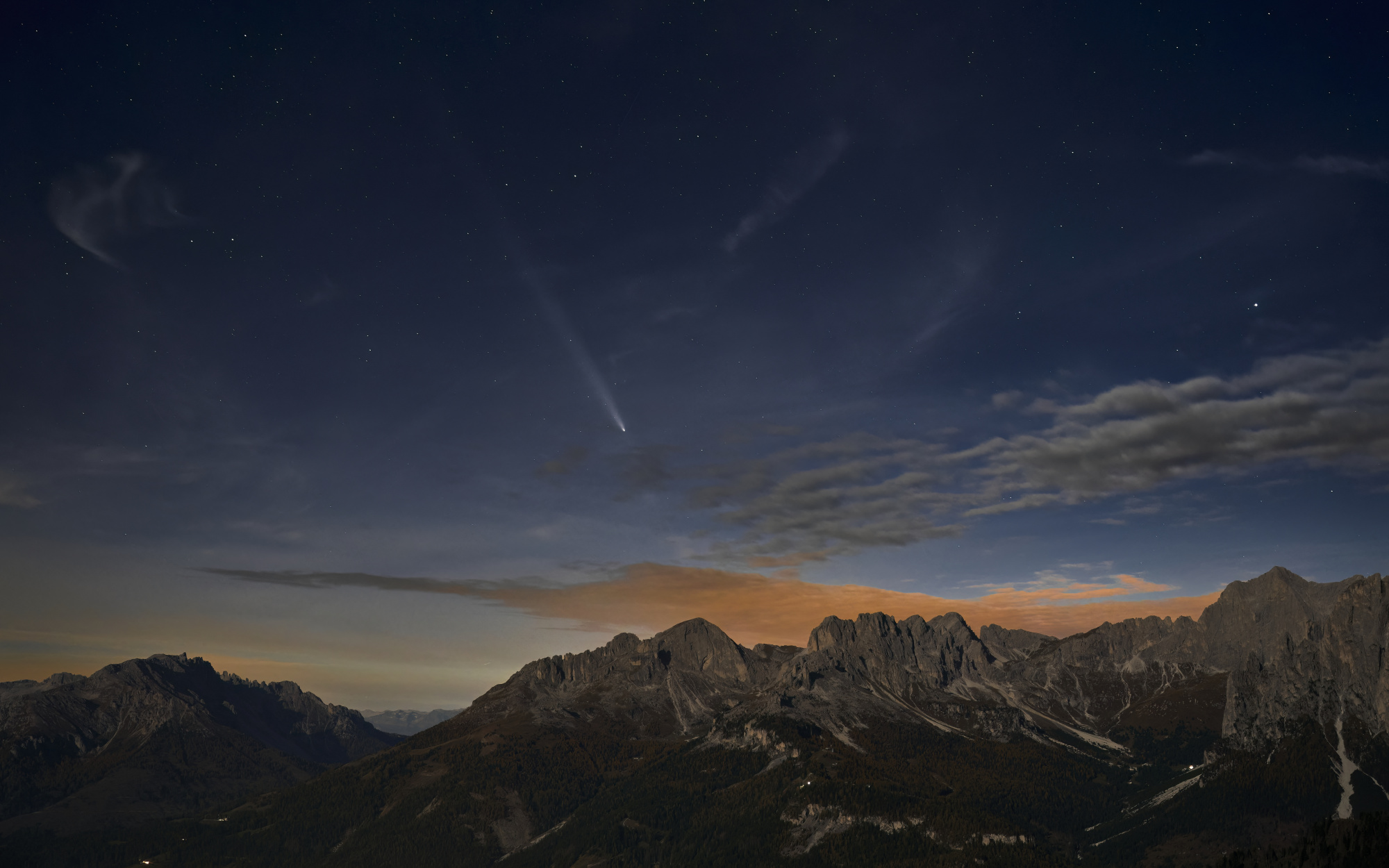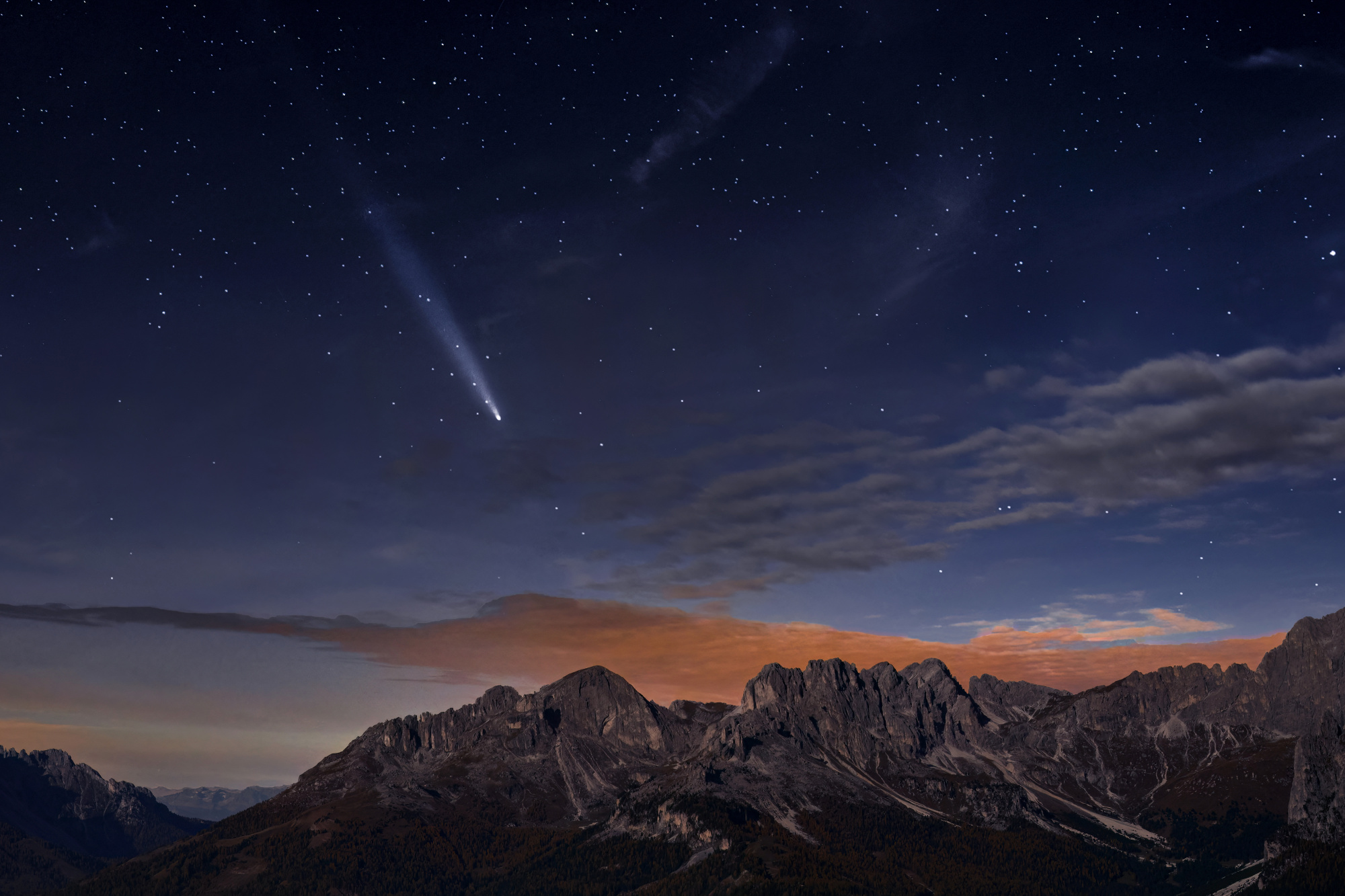SEARCH






|
|
|
|


For three consecutive days I climbed up to 2400 meters altitude to try to capture this event. The conditions were always difficult due to clouds or haze, but on the third day for a few minutes I had a chance to shoot and this image is what I managed to achieve, I kindly ask for your opinion and advice regarding the shot and postproduction, and which one is better between my two proposals, thank you all.
Translated with DeepL.com (free version)
SonyILCE-7RM3
Sigma 24-70mm F2.8 DGDN | A (Sony E)
ISO 1250
8 secondi
f3,2
36 mm.
Capture One
Tradotto con DeepL.com (versione gratuita)


Hello,
Welcome to our forum. It ia a really very valuable image to you. The making of it required quite some effort. I amnot much experienced in long exposure and nightlandscaped. I can only offer you some revies based on my personalexperience in photography to be sincere. I like the light beam coming from the star most. The image isclear and there seams not to be much disturbing noise. The warm color coming fromthe setting sun gives a dynamic push to the image. The other colors are more stative and do not give off much excitement. There are somelights down and onthe green plains. If it were my image I would have used the remove toolor the patch toolin PS with content aware fill. They look distracting tome and as I said the light beam from the star would have the lead role in my composition. Then I also wonder why you have not used 24mm for a wider view. Could the composition have been better? I feel as if the mounrains were restrained and cropped at a very crucial spot. It would have been great if you also had a wider image as you had hard time to make thisimage as a plan B and we could have looked at it too. As an aswer to your question I choose the first edit. There seems not to be much difference but it looks sharper to me. I wish you good light...Cicek
Aquaneigra,
Thanks for submitting this image. You put a lot of effort into this and it shows.
Photographing a comet is a challenge as by it's nature it is seen as a relatively small subject in a large sky and in this case with large imposing mountains. It has difficulty standing out for this reason. The sky on the horizon is really nice but competes too much with the comet for attention and steals it away.
I would suggest darking the sky. I started with the levels adjustment in photo shot. I brought the right slider in to the left to where the histogram ended. This in effect brighten the comment and stars and darkened the sky (it is night after all). For the sky along the horizon I selected the sky and then applied a linear gradient to take some of the attention away from the sky and put it on the comet.
Lastly, I removed some of the lights on the mountains as they were distracting.
Hope this gives you something to consider,
Best wishes,
Mike S. - Senior Critic

Aguaneigra,
Thank you for sharing your photo of the comet. It's a good one in my opinion. Nice foreground, some sunset light in the sky, and the comet as the 'star' of the show. I know images like this take patience and good technique, and sometimes a bit of luck too.
I liked Mike's suggestion to darken the sky. From a screen capture I did that with Photoshop's 'Levels'. It was a substantial adjustment and the colours get saturated when you do that. A workaround is to change the image 'Mode' to 'Lab Color', then make the adjustment, and then return the image to 'RGB'. That's done in Photoshop's 'Image>Mode' section.
To brighten the stars and comet I selected them with 'Select>Color Range', then enlarged the selection by 2 pixels with 'Select>Modify>Expand'. After that, the selected stars and comet were brightened with the exposure slider in 'Filter>Camera Raw Filter'.
The overall colour balance was made a bit more blue.
The photo was cropped on the left, right, and bottom so that the mountains would not overwhelm the sky. That's a beautiful mountain range, but maybe it's a subject for another photo on another day. This one is about the comet.
. . . . Steven, senior critic


Good morning everyone, first of all I have to apologize to you critics, unfortunately when I posted the comet photo I copied from Deepl translator my language instead of the translated one and that is English, now I have fixed the text, I apologize again, and thank you for your valuable suggestions, have a nice day.
Aguaneigra
It's the intention that counts, and I noticed you copied the deepl tagline in your original post. All good, no drama. Thanks for altering it, Aguaneigra
What puzzles me from the very beginning is the light trail fading, maybe you have an explaination for it. If I shoot long exposures at night, bright elements like cars or planes leave stripes. In fact planes have blinking lights, so they leave a dotted line. With 8 seconds of exposure I'd expect a similar effect. A comet does not shine, it lights up when entering the athmosphere. But that bright spot at your final position of its trail, that looks more like a short exposure. If a light moves towards you, or towards a vanishing point and you're behind it, it resides longer at one place from your camera perspective. Hence it appears like a bright spot. I assume this thing is really fast, and probably it just passed earth touching our athmosphere. So maybe you can help me out understanding the effect in your photograph?
I'm curious...
Best regards,
Mike
Hi Mike, I am happy to satisfy your curiosity. The one in the picture is a comet, not a meteorite as you may have meant, and so it does not enter the atmosphere igniting by 'friction, but its passage occurred at about 70 million kilometers, and so its movement in the sky was very slow, and visible for several days, until as it moved away it lost its visibility. I'll leave you the link if you want to know more. https://en.wikipedia.org/wiki/C/2023_A3_(Tsuchinshan%E2%80%93ATLAS)
Have a nice day.
Aguaneigra